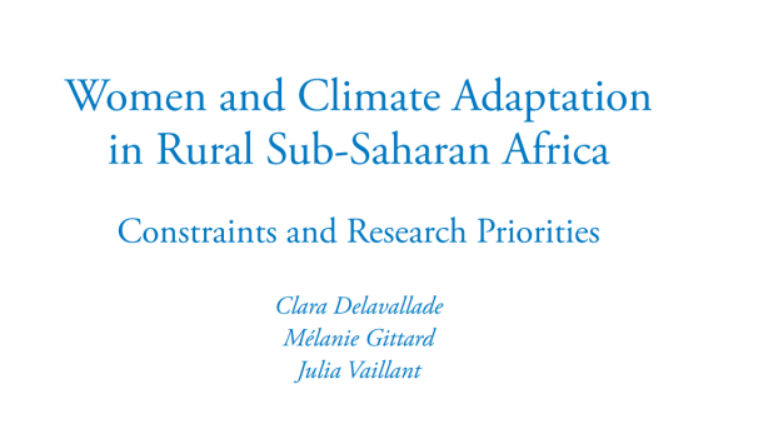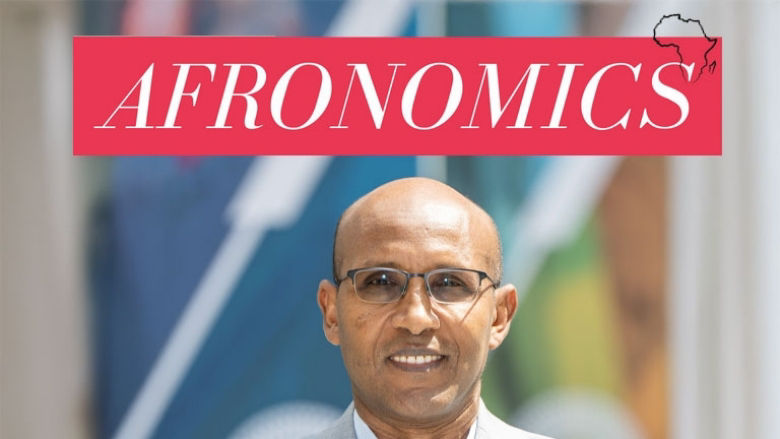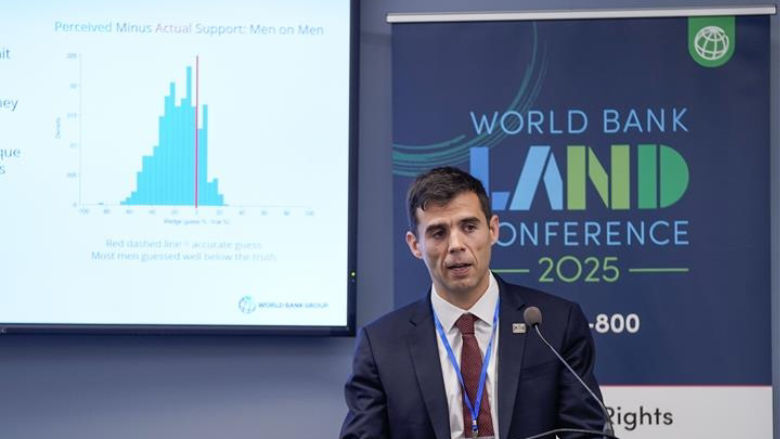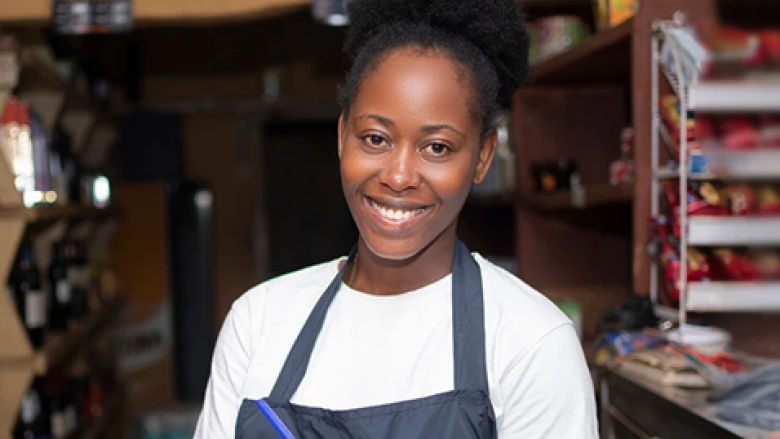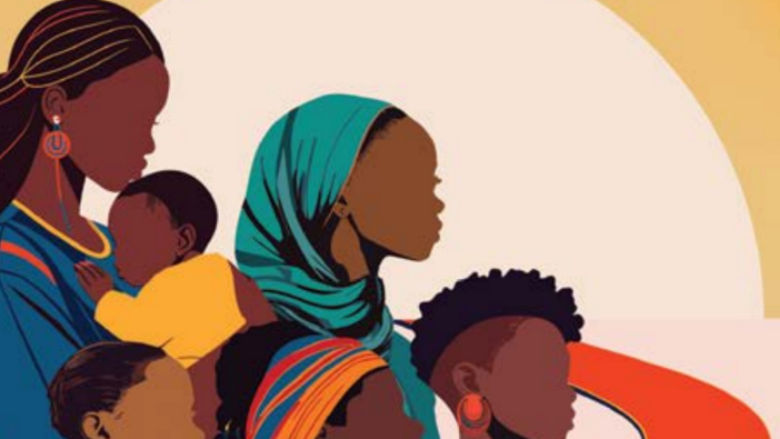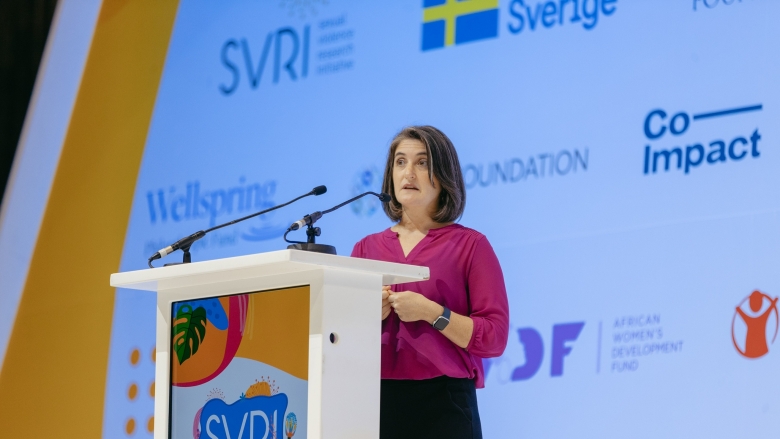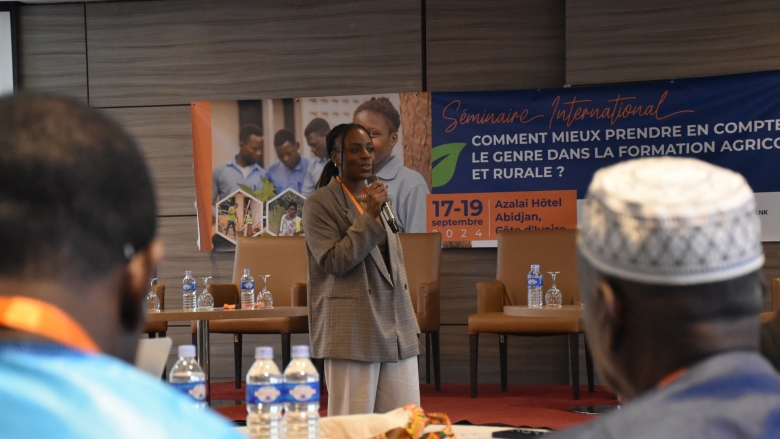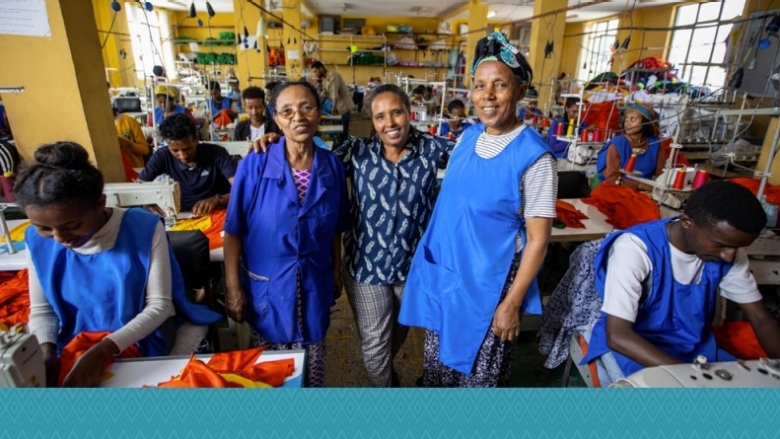The World Bank’s Africa Gender Innovation Lab (GIL) conducts impact evaluations of development interventions and leads policy research to generate evidence on how to close gender gaps in earnings, productivity, assets, and agency. With these findings, Africa GIL helps project teams and policymakers design innovative and scalable interventions and policies to address gender inequality.
Africa GIL focuses on six thematic areas, operates two country labs, and works across six cross-cutting themes.

